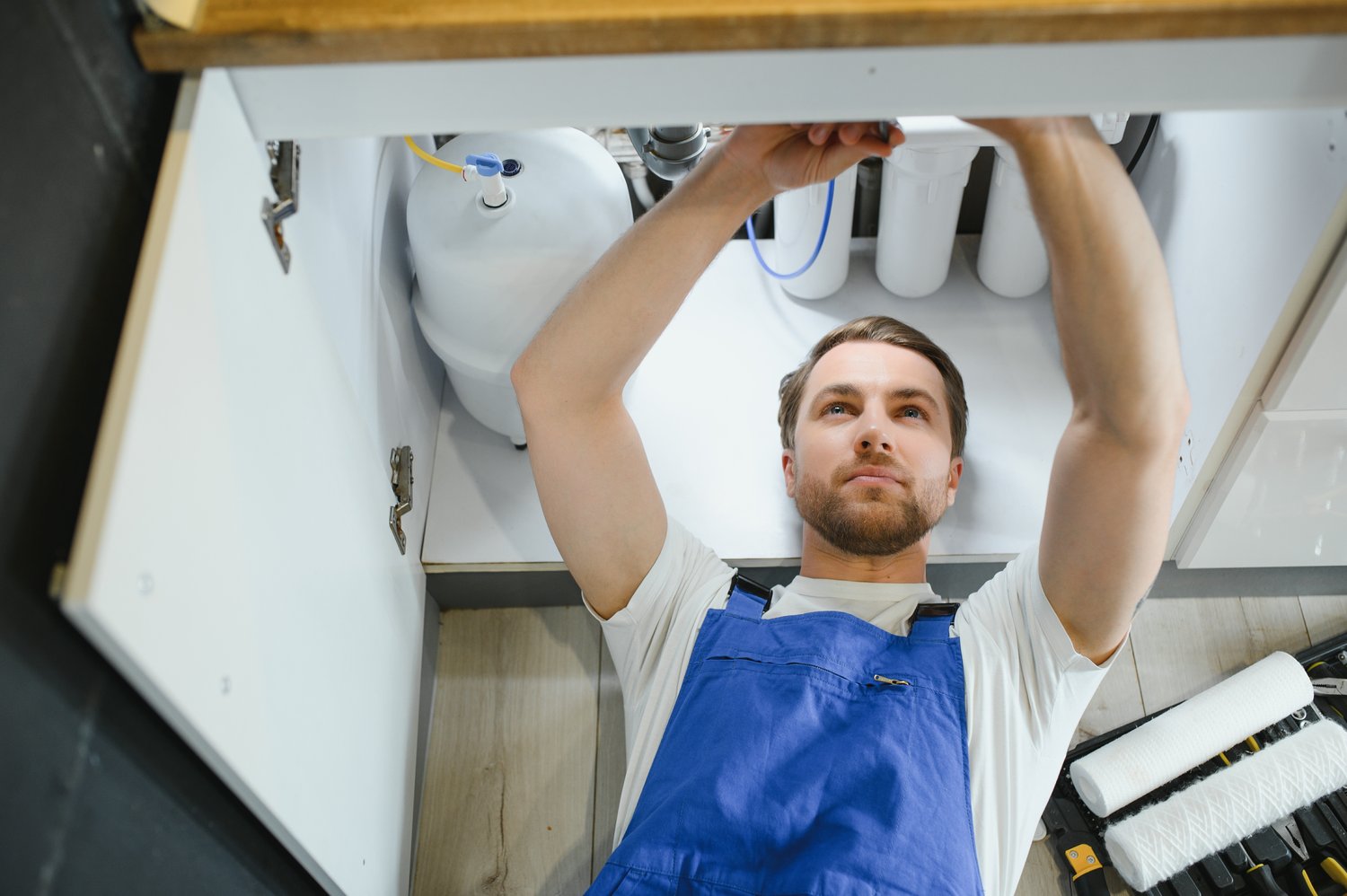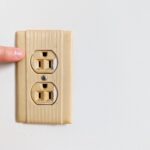Imagine stepping into your shower, only to be met with a disappointing trickle instead of a refreshing stream of water. Low water pressure in showers and faucets is not only frustrating but can also hint at underlying issues in your plumbing system. This article delves into practical DIY solutions to tackle these common annoyances, allowing you to enhance water flow with just a few simple tools and techniques.
- Discover the various causes of low water pressure in showers and how understanding these can help you find effective solutions.
- Learn step-by-step DIY methods designed to improve shower water pressure, from cleaning showerheads to adjusting valve settings.
- Explore tailored solutions for faucet water pressure issues, such as removing aerator blockages and addressing pipe corrosion.
- Gain insights on proactive maintenance tips to prevent future water pressure problems in your bathroom fixtures.
Tackling the root causes of low water pressure with these DIY strategies not only boosts performance but also enhances your daily experience. By regularly maintaining your plumbing, you can ensure consistent water flow and a more enjoyable routine. Dive into the article to discover how you can address these issues effectively and with ease.
Exploring DIY Solutions for Faucet Water Pressure Problems
Faucets are essential fixtures in our homes, and encountering low water pressure can be a daily inconvenience. By understanding the potential causes of this issue, you can employ simple DIY solutions to restore optimal water flow.
One common cause of low water pressure in faucets is aerator blockages. Over time, sediment and mineral deposits can accumulate in the aerator, restricting water flow. Begin by unscrewing the aerator from the faucet. If it appears clogged, soak it in vinegar for a few hours to dissolve the buildup, then rinse and reinstall.
Another potential cause is pipe corrosion. Older plumbing systems, particularly those with galvanized pipes, may suffer from corrosion and buildup inside the pipes. This can significantly reduce water pressure. Identifying and replacing corroded pipes may require professional assistance, but addressing any visible signs promptly can help maintain water pressure.
Additionally, valve issues can lead to pressure problems. Ensure that all valves are fully open by locating the water shut-off valves beneath your sink. Turn them counterclockwise to ensure maximum water flow. Regular checks on these valves can ensure they remain functional and unobstructed.
Lastly, don’t overlook hidden leaks. Small leaks in pipes or fixtures can dramatically decrease water pressure over time. Conduct a thorough inspection under sinks and in accessible piping to identify any leakage. Early detection and repair are key to maintaining a steady water supply.
Preventing Future Water Pressure Issues in Showers and Faucets
Prevention is key when it comes to avoiding recurring water pressure issues. Regular maintenance and early intervention can help keep your plumbing system running smoothly.
First, incorporate a routine of regular cleaning for aerators and showerheads. Periodic cleaning prevents sediment buildup that can lead to blockages. Soak these components in vinegar or a suitable descaling solution every few months to keep them clear.
Stay vigilant about pipe health. Identify older pipes, particularly galvanized ones, and consider scheduling assessments with a professional plumber. Upgrading to copper or PEX piping can also prevent rust and buildup, ensuring consistent water flow.
Additionally, check valves and seals regularly. Ensure all valves are fully open and in good working condition. Replacing worn-out washers or seals promptly can prevent leaks and pressure drops.
Finally, consider installing a whole-house water filtration system. These systems can filter out minerals and sediments before they reach your plumbing, reducing the potential for buildup and corrosion. Investing in filtration systems can prolong the lifespan of your plumbing fixtures and ensure steady water pressure.
By following these preventive tips, you can effectively manage your water pressure and maintain an efficient and reliable plumbing system.
Understanding the Causes of Low Water Pressure in Your Shower
Experiencing low water pressure in your shower can be frustrating and may disrupt your daily routine. Understanding the underlying causes is the first step towards finding an effective solution. One common culprit is blockages in the showerhead caused by mineral deposits, especially in areas with hard water. Over time, these deposits can restrict water flow, leading to diminished pressure.
Outdated plumbing systems may also contribute to this issue. Older pipes can corrode or become clogged with sediment, reducing the water pressure in your shower. Moreover, if your home has undergone renovations, improper installation of water fixtures might be affecting the pressure.
Another possible cause is a malfunctioning pressure regulator. This valve, if faulty, can inaccurately set the water pressure too low. Identifying whether your home has a closed or open plumbing system can further help, as closed systems might experience pressure issues due to thermal expansion.
Other factors to consider include high demand during peak usage times, which could result in pressure drops, and water leaks in the plumbing system that divert pressure away from your shower. By diagnosing the correct cause of low water pressure, you can pursue the most appropriate DIY solution or professional assistance to effectively resolve the issue.
Step-by-Step DIY Fixes for Shower Water Pressure Issues
Improving shower water pressure doesn’t always require professional help. Many solutions are both simple and effective, allowing you to restore optimal shower pressure on your own. Begin with a thorough cleaning of your showerhead. Remove it and soak it in a solution of vinegar and water to dissolve any mineral buildup.
If cleaning doesn’t improve the pressure, consider replacing the showerhead. Look for models specifically designed to increase water pressure, which can make a noticeable difference. Additionally, check the shower valve settings. Make sure they are fully open to allow maximum water flow.
Inspect your water pipes for potential leaks. Even small leaks can substantially reduce pressure. If you suspect an internal issue, you may need to shut off the main water supply and investigate further. Tightening loose connections can sometimes resolve the problem.
For homes with pressure regulators, adjusting the settings can offer an immediate pressure boost. However, if uncertain, consult with a professional for guidance to avoid damage. Remember, even DIY fixes require careful attention to ensure long-term solutions rather than temporary patches.
Frequently Asked Questions About Low Water Pressure Solutions
What are common causes of low water pressure in showers?
Common causes include clogs, outdated systems, and valve issues.
How can I clean a clogged showerhead?
- Detach the showerhead.
- Soak it in vinegar for a few hours.
- Scrub away any remaining residue.
What tool do I need for increasing faucet pressure?
A wrench for removing aerators and a needle to unclog them.
How often should I check my plumbing to avoid low pressure?
Perform checks every six months and address issues promptly.
Can corrosion affect water pressure?
Yes, pipe corrosion can reduce water flow, impacting pressure.
Is it necessary to replace old pipes to improve pressure?
Replacing severely corroded pipes can significantly enhance water pressure.





